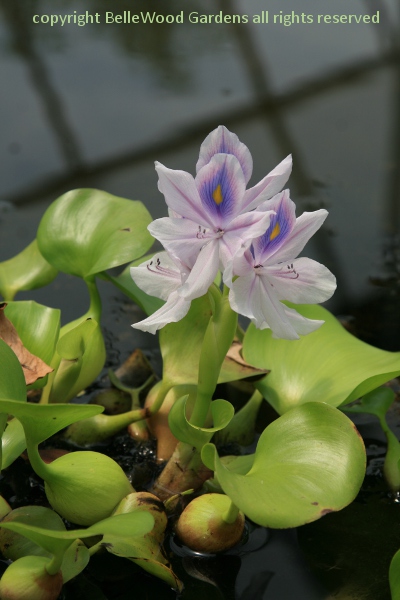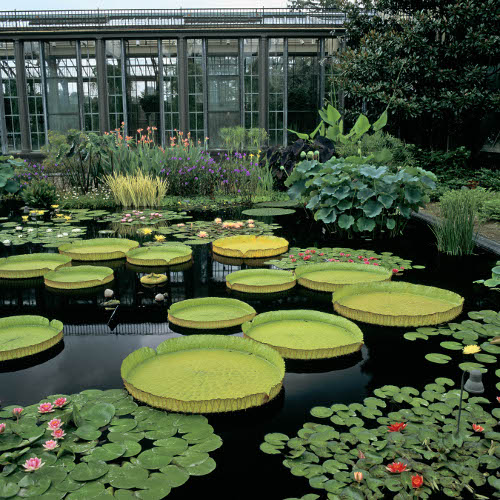
image courtesy MIT Press
Atlas of Poetic Botany by Francis Hallé,
in collaboration with Éliane Patriarca, translated by Erik Butler
.
If you have any comments, observations, or questions about what you read here, remember you can always Contact Me
All content included on this site such as text, graphics and images is protected by U.S and international copyright law.
The compilation of all content on this site is the exclusive property of the site copyright holder.
Atlas of Poetic Botany, a book review
Thursday, 24 January 2019
The wonderful thing about plants is that there is something for everyone. I am especially fond of bulbs, those lumpy bits in plain brown wrappers that contain a rainbow's worth of flowers. Had a friend who said if he couldn't eat it, he didn't want to grow it. His vegetable garden was amazing. Another friend is especially attracted to dahlias, which she grows astoundingly well, to the point where she wins prizes at dahlia society shows at Longwood Gardens. Yet another friend was enamoured of big and tall and large plants. Once had a pumpkin that needed a forklift to get it into the show hall. Plants are just astonishing. There are different ones that grow in sun. Or shade. In deserts, in water. Stand tall, grow very small. Have remarkable, mystical, adaptations and variations to astound you.
There are books about plants in general, others about specific plants.
And now there's one about uniquely remarkable plants.

image courtesy MIT Press
Atlas of Poetic Botany by Francis Hallé,
in collaboration with Éliane Patriarca, translated by Erik Butler
A botanist working in equatorial, tropical rain forests, Francis Hallé became charmed by the bizarre appearances and strange character of some of the plants he came across, finding in them an unexpected humor. His charming, slim volume has several sections, each with a focus on a half-dozen or so plants: adaptations, mysterious behaviors, plant and animal coevolution, biological singularities, records and exuberance. The Atlas is illustrated with drawing, because that takes more time than a quick snapshot photograph, requiring the observer to linger over details. Some of the book's drawings include a simplistic human, often just an outline, to provide a sense of scale.
A quick aside - as a photographer I have learned that the mind "sees" and emphasizes some detail(s) while the camera gives equal weight to everything. A drawing can emphasize the details to which the artist wants to give more importance.
Let's look at a couple of the featured plants so you may have an idea of what this charming book has to offer.
Even if, like me, you have not been to an equatorial rain forest, some of plants
discussed might be familiar to you, such as water hyacinth, Eichornia crassipes.

A spike of pale blue flowers, the upper petal of each
blossom marked with purple and a smear of yellow.
A two-page description and double page illustration offers nicely descriptive background and also explores the issues attributable to this plant. Floating on the surface of the water, pushed here and there by the wind, its dangling dark mat of hairy roots making a perfect nursery for baby fish. No manatees to eat it (except in Florida. Although in 1910 a Louisiana senator came within one vote on a bill to import hippopomus to clear out water hyacinths choking the bayous and also provide meat for American tables.) According to the author, only in the Orinoco Basin of the Brazilian Amazon, water hyacinth's native habitat, does it produce seed.

However it multiplies so enthusiastically by means of vegetal cloning that any fragment grows into a new plant, completely covering the water's surface. Water hyacinth blocks sunlight, lowers the water level through transpiration, and is hard to kill. Nothing appears to eradicate it, just reduce spread. In an every cloud / silver lining, lemons-into-lemonade, in reading the text I learn that water hyacinth can be processed into animal feed - pigs are apparently very fond of it. Water hyacinth purifies polluted water, absorbing toxins and heavy metals. Let me warn you, though, that water hyacinth is on multiple lists of banned invasive plants.
Imagine a plant with only one leaf. Small, you might think. Not so. The single leaf that Amorphophallus titanum produces each year eventually reaches the dimensions of a small tree. One leaf. Each year. It dies away, and a new leaf is produced. At maturity it reaches 18 feet tall and 15 feet wide, large enough to shade several people. After several years the tuber reaches a massive size. Then there is a four month dormant period while the plant gathers its strength.

image courtesy MIT Press
Amorphophallus titanum, also known as corpse flower due to the stench.

and hurls itself into bloom, reaching 6 to 9 feet tall. This is the "advertising", so to speak. The tiny actual flowers are down in the base, awaiting the carrion beetles, attracted by the dull red color and the stench, to come pollinate. Amused by the entry in this book? Travel to Sumatra.
Or the appropriate botanical garden, when their corpse flower is in bloom.
There are entries for the super-size plants: the biggest flower in the world, the biggest leaf, a gigantic vine, the fastest growing tree. Other fascinating oddities such as a parasitic plant that has scarcely any chlorophyll and obtains its nutrients from a host plant. A plant that walks, another that dances. Two different plants that cohabit with ants - the plant gains protection from animals that might attack it, while in return the ants gain shelter.
And then there is Victoria amazonica, the plant that inspired the design of the Crystal Palace.

image courtesy MIT Press
Victoria amazonica

This file has been identified as being free of known restrictions
under copyright law, including all related and neighboring rights.
Renown head gardener at Chatsworth, Paxton designed the Lily House, built specifically to house the giant Victoria amazonica waterlily which had only recently been discovered by European botanists. When the giant waterlily failed to thrive at Kew, Paxton was invited to take the lily to Chatsworth. It thrived under his care and in 1849 he caused a sensation in the horticultural world when he succeeded in producing the first amazonica flowers to be grown in England (his daughter Alice was drawn for the newspapers, standing on one of leaves). The lily and its house led directly to Paxton's design for the Crystal Palace.

Paxton later cited the huge ribbed floating leaves as a key inspiration.

Accurate and never dull, this appealing book is an affectionate look at the options and possibilities plants have developed to adapt and thrive in their jungle world. A fascinating look at the weird and wonderful variations in the plants of the equatorial tropical rain forests.
Atlas of Poetic Botany by Francis Hallé,
in collaboration with Éliane Patriarca, translated by Erik Butler
published by The MIT Press, Cambridge, Massachusetts, 2018
ISBN 9780262039123
A review copy of this book was provided by the publisher
Back to Top
Back to January 2019
Back to the main Diary Page